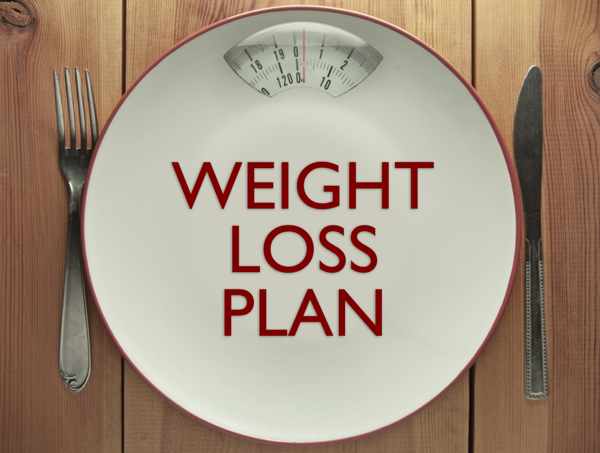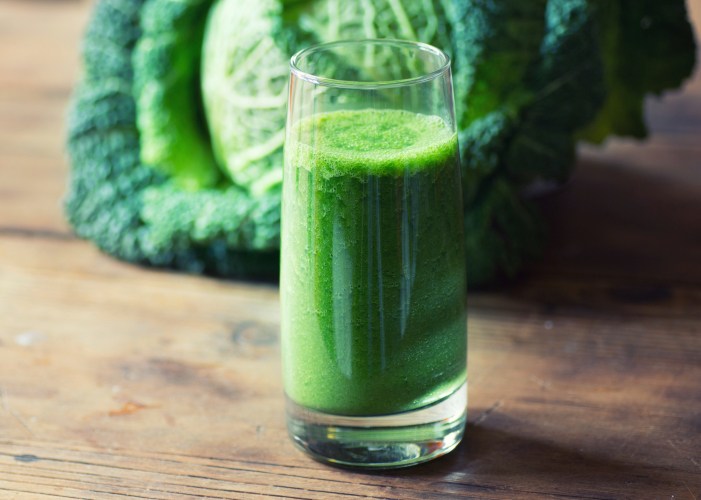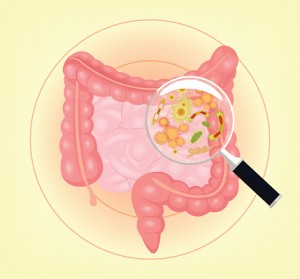How Much Sugar in Popular Snack Items?
How Much Sugar in Popular Snack Items?
You’ve heard about the dangers of added sugar in your diet, and the havoc it can wreak on your health. But how much sugar is really hiding in popular snack items?

We've probably all heard that soda contains a whopping 40 grams of sugar (or about 10 teaspoons), and that's just in a single 12oz can of cola. When you go through the drive through and order a large (32oz) soda - you're getting a staggering 105 grams of sugar, which is close to 26 teaspoons! If you were to put all that sugar into a shot glass - you'd need more than two of them.
Imagine that were cash, and you'll most likely agree that $40 is quite different from $105. And yet when it comes to how much sugar is in popular snack items, we barely bat an eye at drastic increases in liquid sugar like that. If only increases in our cash flow were as easy to achieve as increasing our sugar intake often seems.
Recommended Daily Intake of Sugar vs Reality
Experts tell us that we should only get about 5% of our daily calories from sugars each day. That's a mere 6 teaspoons. How much sugar we actually consume is another story entirely.
Sugar is hiding in many popular snack items that we often think of as healthy. Orange juice is one of those foods that is often followed by a ‘health halo'. In reality, one 16 fluid oz bottle of orange juice contains 10 teaspoons of sugar, or around 40g of that sweet sticky liquid energy. Sure, it has some vitamin C accompanying it, but we've got to wonder if it's really worth it. Consuming juice means we miss out on that cholesterol-lowering fiber that is present in the whole, fresh fruit. Not to mention orange juice is often concentrated, and then water is re-added back to it in order to make it sweeter and more flavorful.
The same is true for apple juice - which also often gets to wear the same health halo - and you might be surprised to find you'd have to eat over 5 apples in order to get the same amount of sugar as that found in a common 16 fl oz serving of juice. To make matters worse, apple juice is often blended with grape juice in order to make it even sweeter than plain apple juice. How much sugar that process adds is known only by the manufacturer.
While potato chips may not taste sweet, potatoes are made up of mostly starch. Starch can easily and quickly be broken down and absorbed into the bloodstream as glucose, which is the body's preferred form of sugar. In fact, a single, small bag of potato chips has as much sugar as 20 fresh seedless grapes, or about 15 grams. While starches certainly don't taste sweet, they rapidly get absorbed as sugar in your bloodstream after they are digested.
Another culprit that hides lots of sugar within popular snack items is yogurt. Take for example Yoplait Thick & Creamy Yogurt, the strawberry flavor. Just a 6oz container contains a staggering 28 grams of sugar. Compare that to Oikos Greek non-fat yogurt in the same strawberry flavor - and it rains in at almost half the sugar (17g) for nearly the same (5.3oz container) serving.
Snack foods can hide sugar in the last places you would think to find it. Granola bars, such as Nutri-Grain Apple Cobbler flavor Fruit Crunch bar - which provides 15g of sugar in a single bar. In our opinion, that's pretty high for a health food.
Candy bar snack foods like Twix 2 bar pack (20 grams of sugar) and Snickers King Size (57 grams of sugar) provide more sugar and fat than just about any other sweet snack food on the market.
If you are wondering how much sugar you consume in a single day, it's easy to calculate. Just visit the USDA's myplate website, which serves as a home for https://supertracker.usda.gov/ –an easy-to-use food and beverage tracker that can tell you just how much sugar you are getting from your snacks and from beverages.
References:
US Department of Agriculture, Agricultural Research Service, Nutrient Data Laboratory. USDA National Nutrient Database for Standard Reference, Release 27 (slightly revised). Version Current: May 2015. http://www.ars.usda.gov/ba/bhnrc/ndl Accessed 9.26.2015.
Guideline: Sugars Intake for Adults and Children. Geneva: World Health Organization; 2015. Available from: http://www.ncbi.nlm.nih.gov/books/NBK285537/ Accessed 9.26.15
-
Weight Loss And Colon Health: Colonic Weight Loss Is The Key
Have you tried to lose weight without much success? Your problem may
-
The Greatest Dieting Mistakes
When it comes to dieting there are many mistakes that are made on a ne
-
My Story: “I Was Headed For A Mediocre Life”
Chantell Johnson, a beautiful young lady from Illinois w
-
Increase Your Metabolism with Boxing Training
If you have ever watched a boxing match
-
7 Best Way To Lose Belly Fat And Get The Slim
The chances of developing belly fats are
-
Components That Make Natural Weight Loss Possible
Still there are sensible enough people i
- DON'T MISS
- The Relationship between Getting Enough Sleep and Weight Loss
- Common Muscle Building Exercises To Try
- How to Lose Weight with an Exercise Bike Program
- Your 24 Day Pre-Thanksgiving Workout Plan
- The Important Differences Between Climate Change And Global Warming
- Do You Have to Gain Back the Weight You Lost?
- Diet Pills Do They Work Are They Safe Which One Should I Use
- I Cant Lose Weight - Is There A Diet That Works?
- How To Get Six Pack Abs Quickly And More Easily
- An Abdominal Workout Without Sit-ups And Crunches




